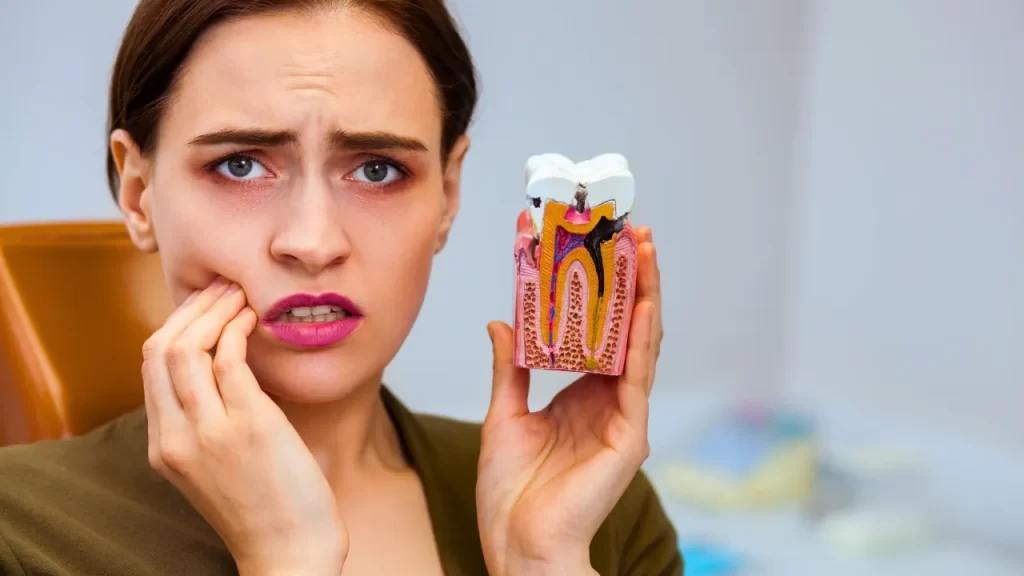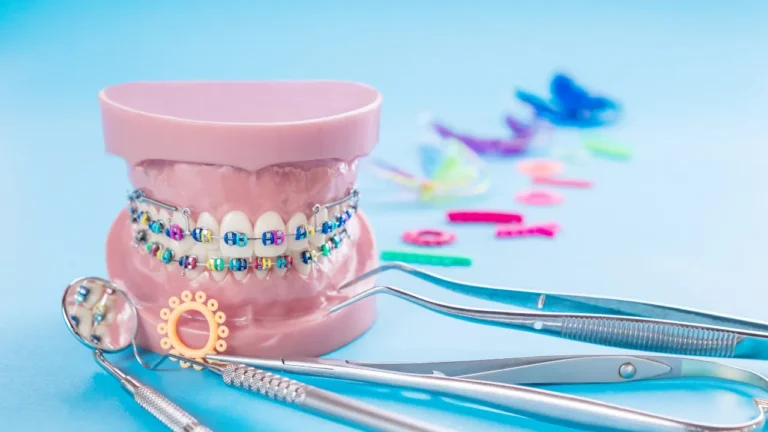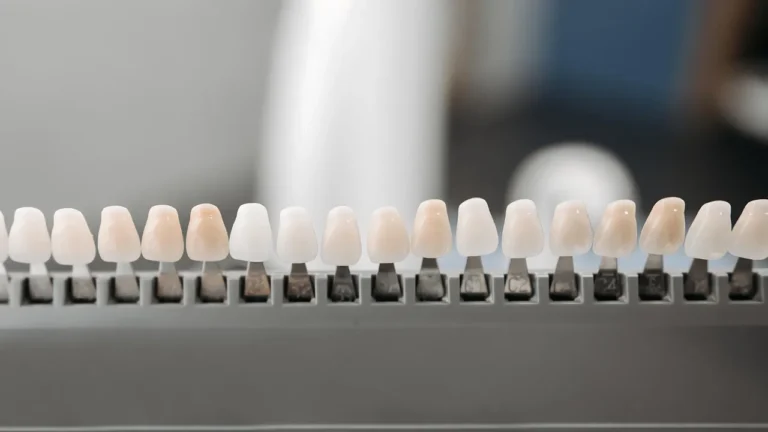Uh oh, spotted a cavity? Don’t fret! We can help you tackle those pesky holes and keep your smile healthy.
Timely treatment is key to preventing further damage, so let’s explore your options and how to keep cavities at bay.
Understanding Cavities
Cavities are essentially tiny holes caused by tooth decay. This decay occurs when plaque, a sticky film teeming with bacteria, builds up on your teeth.
When plaque interacts with sugars in food, it produces acid that eats away at your tooth enamel.
Common signs of cavities include tooth sensitivity, pain while chewing, or visible pits in your teeth.
Regular dental checkups are crucial for catching cavities early before they cause significant problems.
Treatment Options
Dental Fillings
There are different types of fillings to choose from, each with its own advantages:
- Amalgam fillings: Durable and cost-effective, but they stand out due to their metallic color.
- Composite resin fillings: Blend seamlessly with your natural tooth color for a more discreet look, but may require replacement sooner than amalgams.
- Ceramic fillings: Highly aesthetic and long-lasting, but come with a higher price tag.
We’ll work with you to choose the best filling option for your unique needs and budget.
Dental Crowns
For larger cavities that weaken the tooth structure, a dental crown might be necessary.
A crown acts like a protective cap, restoring your tooth’s shape, function, and strength.
While crowns may require more preparation and maintenance compared to fillings, they’re a great solution for saving severely damaged teeth.
Root Canal Therapy
If a cavity reaches the inner pulp of your tooth, root canal therapy might be needed. Don’t worry, root canals aren’t as scary as they seem! They actually save teeth that would otherwise be lost to infection.
During a root canal, the infected pulp is removed, the tooth is cleaned and disinfected, and then sealed to prevent further issues.
Modern techniques and anesthesia ensure minimal to no discomfort during the procedure.
Prevention Strategies
Brushing and Flossing Techniques
Brushing twice a day and flossing daily are the cornerstones of good oral hygiene and cavity prevention.
Using a fluoride toothpaste and a soft-bristled brush helps remove plaque and food particles effectively without harming your gums.
Dietary Recommendations
Limit sugary snacks and acidic drinks, as they contribute to cavity formation.
Aim for a balanced diet rich in calcium, vitamins, and minerals to keep your teeth strong.
Drinking plenty of water throughout the day helps wash away food debris and neutralize acids in your mouth.
Regular Dental Checkups
Don’t skip your dental checkups! Regular visits allow dentists to detect cavities early on, before they cause significant damage.
Additionally, professional cleanings remove stubborn plaque and tartar, keeping your smile clean and healthy.
Cavities are a common dental issue, but with proper treatment and prevention strategies, you can maintain a healthy smile for life.
At MAC Dental Studio, we’re dedicated to supporting your oral health journey.
Feel free to contact us if you have any questions or concerns about cavity treatment or prevention. After all, your smile is our priority!
References
- [1] South African Dental Association. (n.d.). Retrieved from https://www.sada.co.za/
- [2] American Dental Association.









